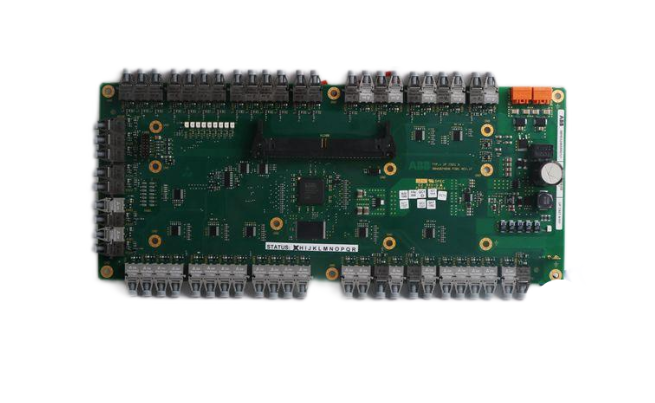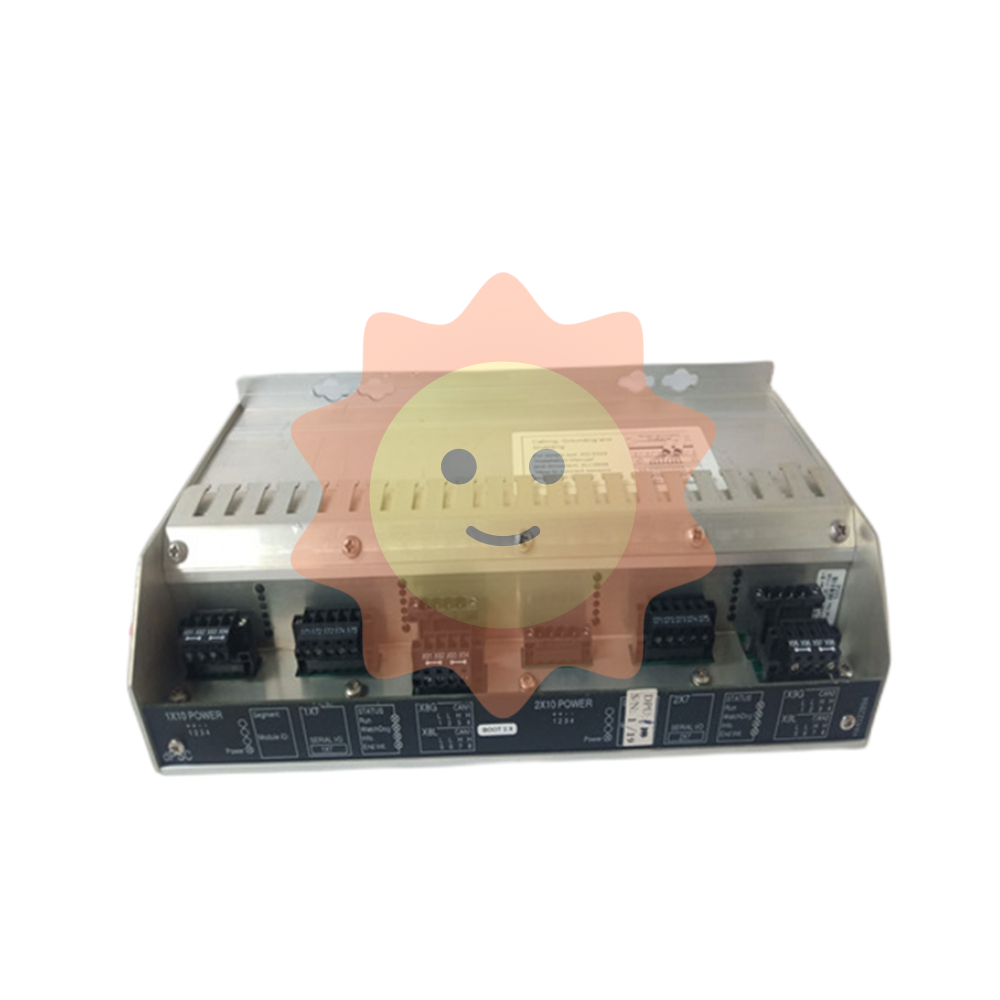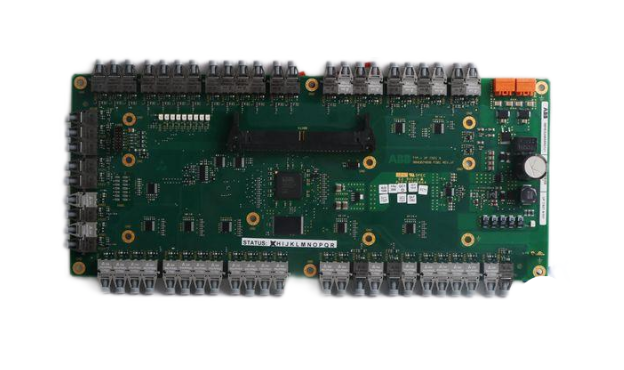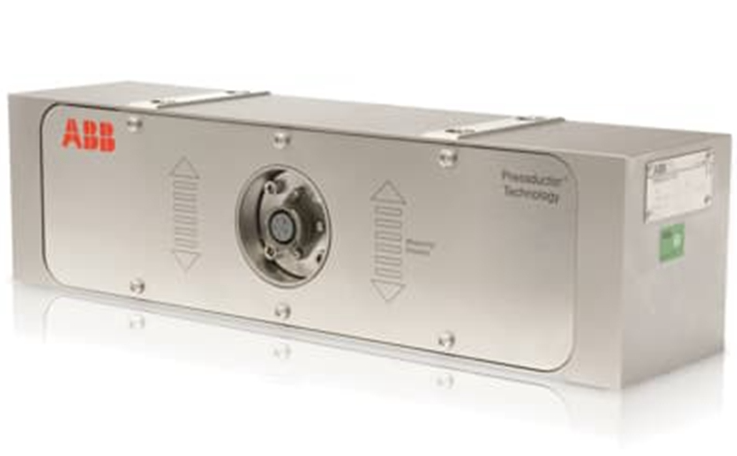Life Science Ethics: The "two-way Journey" between Science and Life
From IVF to assisted reproduction, from embryonic stem cells to human cloning, from synthetic organisms to gene-edited embryos... Every time the field of life science produces breakthrough results and shows great application potential, it will trigger a series of ethical issues based on their different scientific principles and application scenarios.
Recently, the "Opinions on Strengthening the Ethical Governance of Science and Technology" (hereinafter referred to as the "Opinions") has aroused widespread concern in the scientific and technological community. In the view of life science researchers, this document provides a "compass" for the development of cutting-edge scientific ethics rules, and has a milestone significance in the history of life science research.
Peng Yaojin, an associate researcher at the Institute of Zoology of the Chinese Academy of Sciences and a "Zhiyi" researcher at the Beijing Institute of Stem Cell and Regenerative Medicine, said in an interview with reporters: "Facing the future, the Opinions are of great significance to promote ethical legislation of science and technology from a higher level. Of course, this also raises new requirements and challenges for all participants in the existing system."
Experts believe that the ethical governance of life sciences has special significance for both science and people. Its purpose is to better benefit mankind, as if a science and life "two-way".
End Kowloon Water Control
"This is the highest-level and most systematic document to guide the ethical governance of science and technology in the country's history." Peng Yaojin pointed out.

Since 1990's, China began to introduce some laws and regulations in the field of life science, and the contents of ethical governance were included in them. Peng Yaojin said that there are more than 100 normative legal documents related to the field of life sciences. However, the general feeling among researchers is that the norms in some frontier areas of the life sciences "seem to be not yet available."
The ethical governance of researchers runs through the whole process of scientific research, from experimental design, research implementation, result analysis, to the final publication and transformation of results, the entire process should strictly abide by moral conduct and scientific research ethics. However, under the influence of fame, wealth, status and other factors, some researchers have a lax sense of self-discipline, lack or deviation of ethical value judgment, and serious violations of scientific research ethics, which brings challenges to ethical governance.
Experts analyzed that this was because these provisions were scattered in departmental rules and normative legal documents, and did not form a system. At the same time, these documents are at a lower level and only play a role in the department and the system, so the punishment for "foul" behavior is not enough.
For example, the National Health and Health Commission issued the "Ethical Review Measures for Life Science and Medical Research Involving Humans (Draft for Comment)" in 2021, which is mainly aimed at the health system, and has insufficient constraints on enterprises, universities, and research institutes engaged in related work.
In the view of experts, the release of the "Opinions" can not only promote legislation at the national level, but also have the more practical benefit of promoting unified action by various regulatory departments to implement specific systems and truly end the situation of "Kowloon water control".
Science and technology ethics committees face new challenges
The introduction of the Opinions will promote the legislative action of life science ethics across the country, which is also the internal demand for the continuous improvement of China's life science research level.
According to Peng Yaojin, China has made great progress in life science research, such as stem cell and regenerative medicine, synthetic biology and other fields. In some areas, China joins other technologically advanced countries at the forefront of exploration or "no man's land," which is also a "no man's land" for regulatory and ethical governance.
"Therefore, the establishment of a science and technology ethics system in line with China's national conditions and international standards in the frontier field of life sciences is not only an internal demand for the development of life sciences, but also a rare strategic opportunity and condition for China to achieve high-level science and technology self-reliance." Peng Yaojin said.
Facing the future, in the context of consolidating the responsibilities of different innovation entities such as universities, scientific research institutions, medical and health institutions, and enterprises, the science and technology ethics (review) committee under the existing system will face new challenges and requirements.

In recent years, the ethics (review) committee of research institutions in the field of life sciences has been gradually established, but the ability and level of the ethics (review) committee of various institutions are uneven. Peng Yaojin believes that it is necessary to further strengthen the institutional mechanism building and capacity building of the ethics (review) Committee.
In an interview with reporters, Li Lun, director of the Research Center for Science and Technology Ethics and Science and Technology Management at Dalian University of Technology, suggested that in addition to previous review focuses, such as risk and benefit analysis, informed consent, and privacy protection, The Life science Research Ethics (Review) Committee should also pay special attention to the review of data ethics and algorithm ethics issues brought about by the application of big data and artificial intelligence in life science research.
In addition, Li Lun also suggested that the "list of high-ethical risk life science research activities" should be stepped up, and the list should be dynamically adjusted in real time according to risk changes, so as to do a good job in life science ethical risk monitoring and early warning.
Communicating with the public is a concern
Life science technology is a typical "dual-use" technology, the right use can benefit mankind, abuse and misuse will bring risks. In the final analysis, life science technology not only explores the unknown, but also serves human welfare, which determines the participation and cooperation of multiple subjects in life science research.
Communication with the public has become one of the new concerns to strengthen ethical governance. "Communication with the public can help the public understand and support science, and help science and technology activity subjects understand the public's ethical demands for respecting life, protecting subjects' rights and animal welfare, so as to form a positive interaction between life science research and public participation, and achieve the goal of life science ethical governance." Li Lun said.
Conducting in-depth discussions with ethicists and jurists is the basis for good communication between scientists and the public. Peng Yaojin's research institute has always attached great importance to the ethics of life sciences, and he is often invited to consult other teams because of his focus on ethics and legal research in the field of biotechnology. "Many scientists in the field will consult and discuss with me about cutting-edge and controversial bioethical issues, such as what the international ethical rules are, what ethical disputes are behind them, and what issues should be paid attention to in conducting research." "Through such interactions and discussions, we work together to identify ethical risks and formulate governance strategies," Peng said.
Before conducting cutting-edge research, some research groups also organize seminars on bioethics, inviting experts, stakeholders and members of the community from different fields to participate and share their concerns. On the one hand, this is to educate and publicize the ethics of science and technology to the public, and on the other hand, it also allows scientists to receive feedback from the society. Such a form helps to promote the "two-way rush" of scientific and technological development and ethical governance.

For example, ethical discussions have been organized on the study of human-non-human animal chimeras. Peng Yaojin recalled that at the beginning, the public expressed concern and fear, and with the development and deepening of the research, scientists took organ transplantation as the entry point to show the public the experimental process and related technologies of "chimera" and the advantages in benefiting human health, and slowly eliminated the public's doubts.
viewpoint
In the field of life sciences, the development of genetic technology may raise issues such as health, personal safety, social equity and human rights. At the same time, the technology itself is also accompanied by huge risks, which can easily lead to off-target effects. Once off-target effects occur, incomplete controlled gene mutations may disrupt the inherent balance between genes and genes, and between genes and the environment, causing more hidden dangers.
-- Xu Zhihong, academician of the Chinese Academy of Sciences
Scientific research ethics is a new topic emerging with the development of emerging technologies. It is not only a humanistic reflection on scientific research and technology application activities, but also a requirement of self-discipline norms within the scientific community. The development of new technologies, such as artificial intelligence and biomedicine, will have unimaginable consequences if there is no ethical code.
- EMERSON
- Honeywell
- CTI
- Rolls-Royce
- General Electric
- Woodward
- Yaskawa
- xYCOM
- Motorola
- Siemens
- Rockwell
- ABB
- B&R
- HIMA
- Construction site
- electricity
- Automobile market
- PLC
- DCS
- Motor drivers
- VSD
- Implications
- cement
- CO2
- CEM
- methane
- Artificial intelligence
- Titanic
- Solar energy
- Hydrogen fuel cell
- Hydrogen and fuel cells
- Hydrogen and oxygen fuel cells
- tyre
- Chemical fiber
- dynamo
- corpuscle
- Pulp and paper
- printing
- fossil
- FANUC
- Food and beverage
- Life science
- Sewage treatment
- Personal care
- electricity
- boats
- infrastructure
- Automobile industry
- metallurgy
- Nuclear power generation
- Geothermal power generation
- Water and wastewater
- Infrastructure construction
- Mine hazard
- steel
- papermaking
- Natural gas industry
- Infrastructure construction
- Power and energy
- Rubber and plastic
- Renewable energy
- pharmacy
- mining
- Plastic industry
- Schneider
- Kongsberg
- NI
- Wind energy
- International petroleum
- International new energy network
- gas
- WATLOW
- ProSoft
- SEW
- wind
- ADVANCED
- Reliance
- YOKOGAWA
- TRICONEX
- FOXBORO
- METSO
- MAN
- Advantest
- ADVANCED
- ALSTOM
- Control Wave
- AB
- AMAT
- STUDER
- KONGSBERG
- MOTOROLA
- DANAHER MOTION
- Bently
- Galil
- EATON
- MOLEX
- Triconex
- DEIF
- B&W
- ZYGO
- Aerotech
- DANFOSS
- KOLLMORGEN
- Beijer
- Endress+Hauser
- MOOG
- KB
- Moxa
- Rexroth


Email:wang@kongjiangauto.com






















































































































